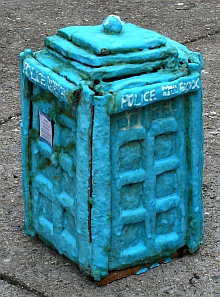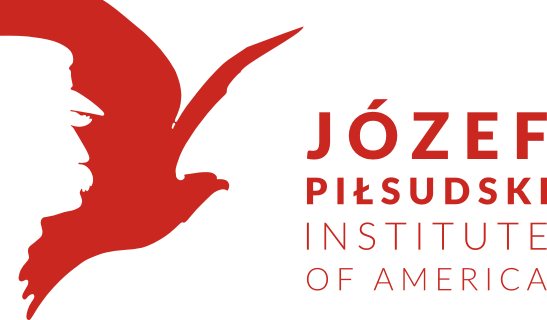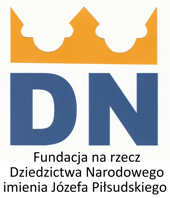When we look at the reverse side of an old photograph, we can often find a stamp of the photographer, a note on the place and date of photograph, and sometimes who is depicted in it. But where is the "reverse side" of a digital picture?
The filename is not a good place to store this information. It turns out, however, that digital images have a "flip side" information about a picture or scan, stored within the file. This information storage does not alter the picture itself, and can be read (and written) by a proper tool - a computer program.
This type information, or metadata, can belong to many different categories. Digital camera typically saves a lot of technical data such as shutter speed, aperture, number of pixels and details of the camera itself. This metadata is stored using a standard called Exif. When transmitting images it is very useful to store information about what is shown in the photo, who made it, its title, author, copyright information, etc. The data is stored in a standard called IPTC. Both Exif and IPTC were introduced around 1995, so they are quite old and venerable. It has its advantages - most photo-reader software can read the labels, and the metadata are readily available. Those standards have also a number of drawbacks:
- Not all digital file formats use the metadata standards (eg. images in png format do not contain EXIF data).
- The number of tags is limited without the possibility of adding new ones, missing important fields, such as naming people in the picture.
- The records are limited in the size of the text fields (a small number of characters), there is no unicode support (lack of support for Polish letters), inability to write in more than one language and many more.
Recently a new standard for recording metadata in digital image files was introduced, called XMP. It is based on XML, which is by definition extensible. It has a place for different namespaces, so it can be expanded in the future as needed. It uses UTF-8, so you can write the data using characters in Polish, German, Greek, or any other language. It also has the possibility of entering labels in more than one language - especially important for multilingual people and environments. Both Exif and IPTC are included in XMP as a separate namespaces, so XMP is a sufficient standard for the future. At present, however, all three standards are in use, which makes some repetitions possible.
Why save the metadata?
The answer is obvious, especially when you're trying to figure out who is in the picture found in the collection of your grandmother, and there is no caption attached to the image. Nowadays one often sends electronic photos to others - family, friends etc.. It is useful to put a description inside the picture so it does not get lost in transit. If we move our collection of photos to another computer, the data combined with a picture are more likely to be preserved. One should also pay attention to whether the metadata (especially the newer XMP) are preserved in images placed in your online albums - as the main storage or as backup.
What data can you save with the image?
With the introduction of XMP the number of labels is virtually unlimited. For digital images we can, for example, write using XMP (and / or in any namespace in XMP) such metadata as:
Date (original, image creation date, modification date, all dates of the Dublin Core standard, etc.)
Place (with geographical details like province, county, country, etc.) - both the shooting location (Lake Placid) and the place shown in the picture (Whiteface Mountain)
Geographical coordinates (geotagging) - automatically using GPS or manually.
People - authors (artist - creator of an original work, photographer, owner of the camera, the copyright owner, the person who wrote the text, etc.). You can also define the details of the license, including the Creative Commons license.
People in the picture (PersonInPicture)
Faces (you can identify a person by entering the coordinates of the rectangle that contains the person's face, also other specific elements in the picture, such as barcodes)
The event depicted or to which the image relates (vacation, trip, meeting, etc.)
Title of the picture
Description or summary. In XMP you can add descriptions in several languages, indicating for each the language in which it was written
Keywords to help you find the photo among tens of thousands on your hard drive.
All Dublin Core labels, which allows you to enter the data of an archival document.
How to save the metadata in the image file?
Reading and writing metadata in multimedia files can be simple or complex, depending on how deep you want to go into the subject. The introduction of the XMP occurred relatively recently, and the software only recently catches up in the use of XMP, while Exif and IPTC are available in many tools.
Picasa (free software from Google to organize and modify images) is a program to start with. Each image can be captioned in Picasa (fill in the space below the image) and the caption text will be saved in the original file in IPTC. You can also add keywords or tags. Picasa is also a very good tool to recognize people's faces. Recently, a Picasa option was added to save the image metadata in XMP structure in the image file. Most of the labels on the “reverse side of the photo” can also be read in Picasa by clicking on the little 'i' in a circle on the right side of the screen.
IrfanView and XnView are two programs for wieving and performing simple transformation of the images. Both are small programs that load fast (particularly IrfanView) and do not use a lot of computer resources. In IrfanView you can view, edit and add values in the Exif and IPTC areas. In XnView you can only edit existing IPTC fields, but you can view (but not edit) the XMP record. Both allow you to make bulk changes, but only IrfanView allows you to change any IPTC field for all files in the group. In the Pilsudski Institute we are using IrfanView as a basic tool for simple operations on document scans.
ExifTool is the authoritative tool that can read, modify and save not only EXIF, IPTC and XMP metadata, but with nearly 100 other namespaces that can be found in photographs. It is a command line tool, very effective but not easy to use. Happily there is a GUI front end that allows you to read and write most common types of labels. ExifTool can read, modify, and add XMP data.
There are many other tools with partial access to the image's metadata. Large image editing programs such as GIMP or Photoshop can also read and write many of the metadata labels. Operating Systems (Windows, MacOS) display some of the labels, but you have to persuade them to do so.
What's on the reverse side?

As an exercise, I enclose a picture which contains information on its reverse side (the picture can be copied to your computer - use right-click and select 'save image'). You can find what is the object depicted here, who created it, on what occasion, and who photographed it. There is also information about the event to which it relates. In the picture there are two people - hidden inside. Who is it? In which languages is the topic of the photo recorded? If you can answer these questions by reading the flip side of this picture, let me know - in a comment below or in e-mail.
With the growing number of tools to read and write metadata there is no reason to not take advantage of them. It is worthwhile to caption pictures - both to aid your memory and for the benefit of your family, friends and future generations.
Marek Zieliński, August 1, 2013
{plusone}
Explore more blog items:









